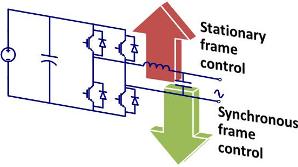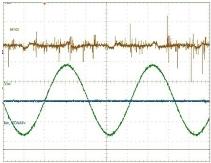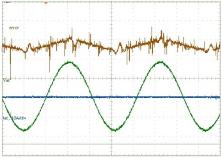LIBRARY
Voltage Control of Single-phase PWM Inverter

Multi-loop controls schemes of single-phase full-bridge inverters are investigated in CPES. In the stationary frame control methods, load current feedback, capacitor current feedback and proportional plus resonant control are compared under the aspects of transient response, zero steady-state error, load immunity, stability and design effort. In the synchronous frame control, the standard d-q frame control and mixed d-q frame control are investigated. Specifically, it shows that the PR regulator is a one-to-one equivalent with the single-phase d-q frame controller. Also, the unbalanced d-q frame controller is proposed achieving zero steady-state error while eliminating the implementation problem of standard d-q frame control.
The design guide is provided for people to design the controller under different conditions to achieve the optimal performance.

























































































